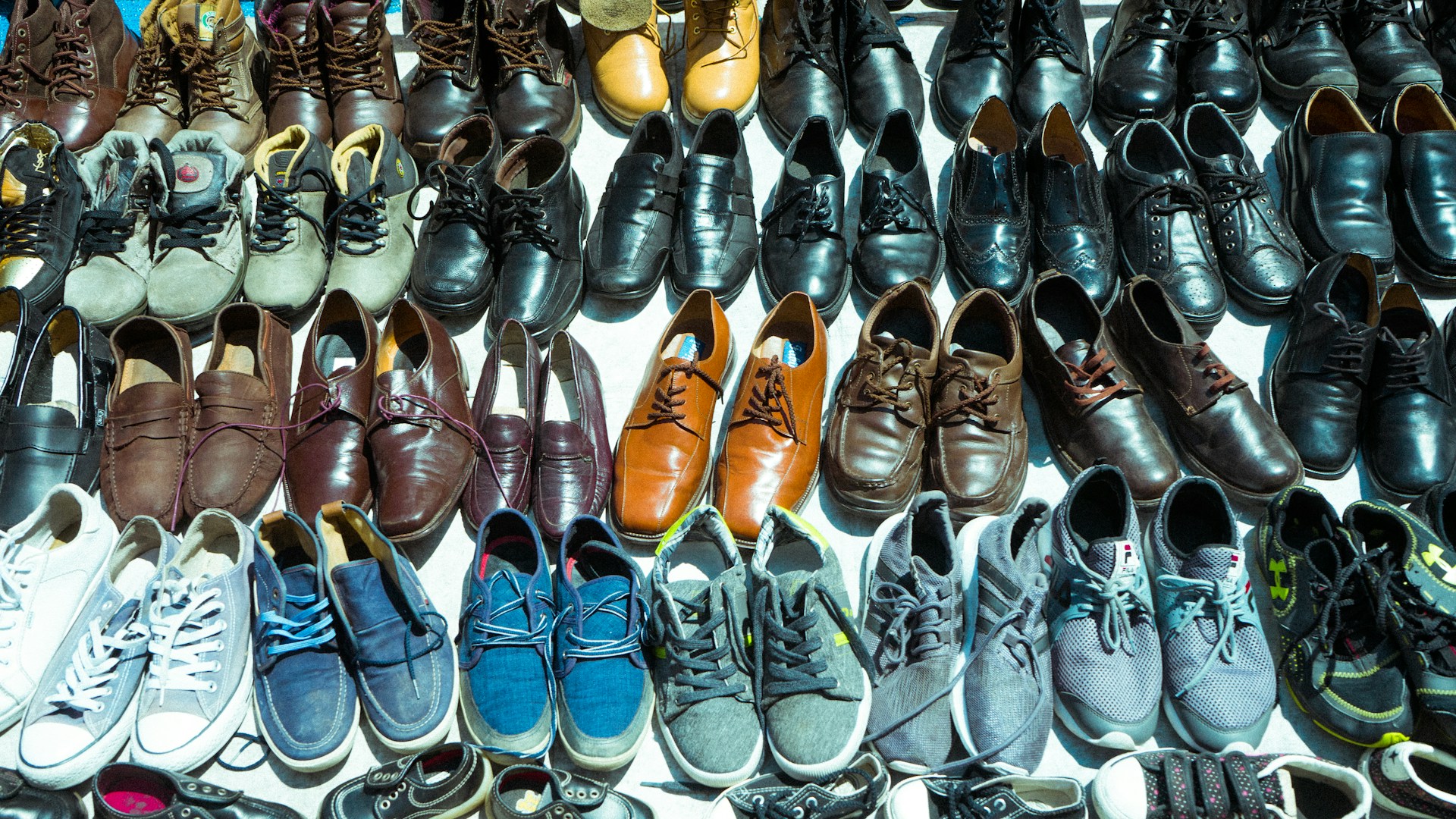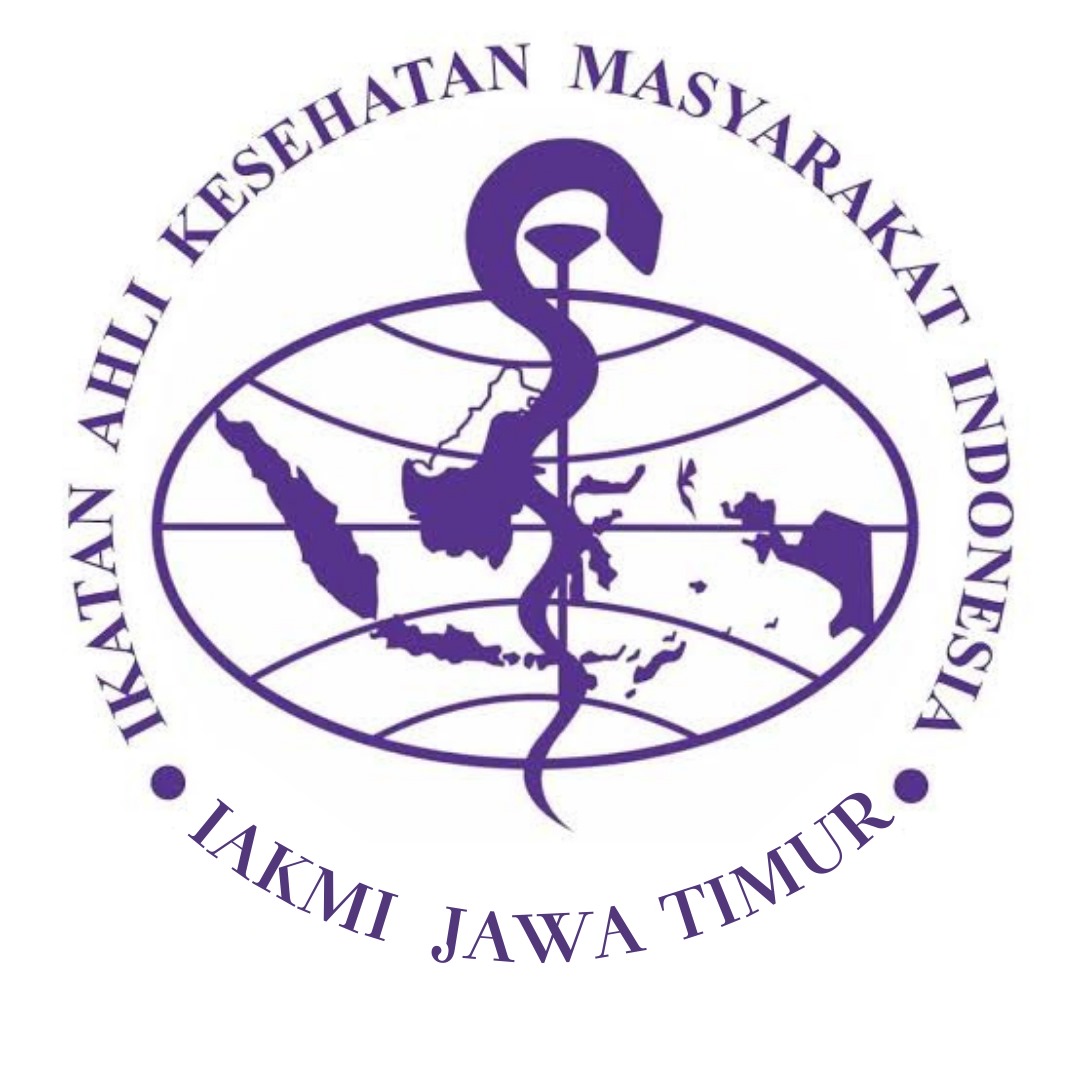A Systematic Review on BTEX Exposure on Shoe-making Industry Workers

Downloads
Background: Many chemicals, including volatile organic compounds (VOCs) like benzene, toluene, ethylbenzene, and xylene (BTEX), are commonly used in the shoe industry. Because of these substances’ toxicological characteristics, workers are exposed to serious health risks.
Objectives: This article aims to systematically review BTEX exposure among workers in the shoe-making industry, focusing on associated health risks and the effectiveness of mitigation strategies. It explores how occupational factors such as hand hygiene, age, job type, smoking habits, and personal protective equipment usage influence the severity of BTEX exposure effects.
Methods: This systematic review examined the impact of BTEX exposure on shoemaking industry workers, selecting 32 national and international articles based on keyword-based searches. Exclusion criteria included past publications, risk assessment, exposure measurement, and mitigation strategies. Inclusion criteria included publications from the past 10 years. Data extraction included BTEX exposure levels, health outcomes, and working conditions.
Results: The review highlights the health risks of BTEX exposure to shoemaking workers, including leukemia, neurological impairment, respiratory problems, and reproductive issues, emphasizing the need for improved safety protocols.
Conclusion: This review drew attention to the health risks that BTEX compounds pose to workers in the shoe industry, emphasizing the need for stronger safety regulations and enforcement as well as recommendations for future studies on safer procedures.
Abubakar, M.B. and Sanusi, K.O. (2020) ‘Influence of GSTM1 and GSTT1 genetic polymorphisms on petrol-induced toxicities: A systematic review’, Meta Gene, 26(100796).: https://doi.org/https://doi.org/10.1016/j.mgene.2020.100796.
ACGIH (2024) ACGIH 2024. Available at: https://www.acgih.org/data-hub/.
Am, R.A. and Hermawati, E. (2018) ‘Exposure of xylene in working environment and methylhippuric acid in informal footwear worker in Bogor, Indonesia’, Indian Journal of Public Health Research and Development, 9(12), pp. 650–655. https://doi.org/10.5958/0976-5506.2018.01911.3.
Attaqwa, Y., Bead, M. and Prastawa, H. (2020) ‘Analysis of benzene exposure considering workers characteristic in the oil and gas industry’, in International Conference on Advanced Mechanical and Industrial engineering. IOP Conf. Series: Materials Science and Engineering. https://doi.org/10.1088/1757-899X/909/1/012059.
Bada, S.S.E., Tualeka, A.R. and Widajati, N. (2018) ‘Factor Related to Urine Trans, Trans-muconic Acid (TT-MA) Levels of Shoemaker in Tambak Oso Wilangun Surabaya’, Indian Journal of Public Health Research and Development, 9(1), pp. 47–52. https://doi.org/10.5958/0976-5506.2018.00009.8.
Chahyadhi, B. and Tualeka, A.R. (2019) ‘The relationship between ventilation with excess cancer risk (ECR) of benzene at the shoe home industry in Romokalisari Surabaya’, Indian Journal of Public Health Research and Development, 10(1), pp. 572–576. https://doi.org/10.5958/0976-5506.2019.00112.8.
Chaiklieng, S., Suggaravetsiri, P. and Autrup, H. (2019) ‘Risk Assessment on Benzene Exposure among Gasoline Station Workers’, International Journal of Environmental Research and Public Health, 16(14). ttps://doi.org/10.3390/ijerph16142545.
Febrianti, R.R. et al. (2020) ‘Correlation of safe benzene duration (Hours/day) and blood profile (leukocytes, hematocrit, hemoglobin) in the osowilangun shoe home industry’, Indian Journal of Forensic Medicine and Toxicology, 14(4), pp. 3353–3359. https://doi.org/10.37506/ijfmt.v14i4.12142.
Jayaraj, S. and Nagendra, S.M.S. (2025) ‘An assessment of atmospheric concentrations and spatiotemporal variation of BTEX and associated pollutants in India’, Journal of Environmental Sciences, 150, pp. 230–245. https://doi.org/https://doi.org/10.1016/j.jes.2024.03.004.
Jiménez-Garza, O. et al. (2018) ‘Aberrant promoter methylation in genes related to hematopoietic malignancy in workers exposed to a VOC mixture’, Toxicology and Applied Pharmacology, 339, pp. 65–72. https://doi.org/https://doi.org/10.1016/j.taap.2017.12.002.
Kamani, H. et al. (2023) ‘Health risk assessment of BTEX compounds (benzene, toluene, ethylbenzene and xylene) in different indoor air using Monte Carlo simulation in zahedan city, Iran’, Heliyon, 9(9). https://doi.org/10.1016/j.heliyon.2023.e20294.
Li, Q. et al. (2019) ‘Emission profiles, ozone formation potential and health-risk assessment of volatile organic compounds in rubber footwear industries in China’, Journal of Hazardous Materials, 375, pp. 52–60. https://doi.org/https://doi.org/10.1016/j.jhazmat.2019.04.064.
Mahmud, Y. et al. (2021) ‘Assessment of the carbon footprint and VOCs emissions caused by the manufacturing process of the footwear industry in Bangladesh’, Textile and Leather Review, 4(1), pp. 23–29. https://doi.org/10.31881/TLR.2020.19.
Malik, P. et al. (2022) ‘BTEX (benzene, toluene, ethylbenzene, and xylene) and risk of cancer - a study from Centers for Disease Control and Prevention’s National Health and Nutrition Examination Survey’, American Journal of Clinical Pathology, 158(Supplement_1), pp. S102–S103. https://doi.org/https://doi.org/10.1093/ajcp/aqac126.216.
MD, L.S.O. et al. (2022) ‘Mask use among health care workers and feelings of safety at work pre- and post- COVID-19 vaccine’, American Journal of Infection Control, 50(5), pp. 503–508. https://doi.org/https://doi.org/10.1016/j.ajic.2021.11.009.
Qin, N. et al. (2022) ‘External Exposure to BTEX, Internal Biomarker Response, and Health Risk Assessment of Nonoccupational Populations near a Coking Plant in Southwest China’, International Journal of Environmental Research and Public Health, 19(2), p. 847. https://doi.org/10.3390/ijerph19020847.
Quanli, K. et al. (2025) ‘Modelling and prediction of toluene adsorption saturation basing on characteristic values of activated carbons’, Journal of Environmental Sciences, 152, pp. 302–312. https://doi.org/https://doi.org/10.1016/j.jes.2024.04.039.
Rachma, E.Y. et al. (2020) ‘Correlation of toluene safe concentration, malondialdehyde and glutathione levels in Osowilangun shoe home industry workers’, Indian Journal of Forensic Medicine and Toxicology, 14(4), pp. 950–958. https://doi.org/10.37506/ijfmt.v14i4.11616.
Ruiz-García, L. et al. (2020) ‘Possible role of n-hexane as an endocrine disruptor in occupationally exposed women at reproductive age’, Toxicology Letters, 330, pp. 73–79. https://doi.org/https://doi.org/10.1016/j.toxlet.2020.04.022.
Saeedi, M., Malekmohammadi, B. and Tajalli, S. (2024) ‘Interaction of benzene, toluene, ethylbenzene, and xylene with human’s body: Insights into characteristics, sources and health risks’, Journal of Hazardous Materials Advances, 16. https://doi.org/https://doi.org/10.1016/j.hazadv.2024.100459.
Savira, Y.M., Tejamaya, M. and Putri, A.A. (2021) ‘A case study: Chemical health risk assessment in three footwear small industries in Bogor-Indonesia year 2019’, ScienceDirect, 35(Supplement 2), pp. S374–S378. https://doi.org/https://doi.org/10.1016/j.gaceta.2021.10.054
Sekar, A., Varghese, G.K. and Varma, R. (2019) ‘Analysis of benzene air quality standards, monitoring methods and concentrations in indoor and outdoor environment’, Heliyon, 5(11), p. e02918. https://doi.org/https://doi.org/10.1016/j.heliyon.2019.e02918.
Setiawan, M.A. et al. (2020) ‘Noael benzene in white mice as the basis for determining the safe limit of benzene concentration in the pulogadung shoe industry home in jakarta’, Indian Journal of Forensic Medicine and Toxicology, 14(2), pp. 1341–1346. https://doi.org/10.37506/ijfmt.v14i2.3096.
Tualeka, A.R. et al. (2018) ‘Detoxification of benzoic acid in workers exposed to toluene using food rich in glycine’, Indian Journal of Public Health Research and Development, 9(1), pp. 64–69. https://doi.org/10.5958/0976-5506.2018.00012.8.
Tualeka, A.R., Martiana, T., et al. (2019) ‘Effect of food consumption contain glutahione anti-oxidant towards ldl cholesterol concentrations on benzene-exposed-workers at the Romokalisari shoe industry, Surabaya’, Indian Journal of Forensic Medicine and Toxicology, 13(4), pp. 465–469. https://doi.org/10.5958/0973-9130.2019.00333.5.
Tualeka, A.R., Pathak, Y., et al. (2019) ‘Relationship of benzene exposure to trans, trans-muconic acid and blood profile of shoe workers in romokalisari Surabaya, Indonesia’, Open Access Macedonian Journal of Medical Sciences, 7(5), pp. 816–823. https://doi.org/10.3889/oamjms.2019.136.
Tualeka, A.R., Rahmawati, P., et al. (2019) ‘Requirement prediction for toluene detox with foods intake rich in CYP2E1 enzyme and glycine to prevent nerve and kidney damage at shoe home industry workers in romokalisari surabaya’, Open Access Macedonian Journal of Medical Sciences, 7(11), pp. 1788–1793. https://doi.org/10.3889/oamjms.2019.356.
Tuasikal, I.Z. et al. (2022) ‘Evaluation of the Exposure to Benzene and SpmA using the Urine of Workers in the Shoe Home Industry in Surabaya’, Indonesian Journal of Occupational Safety and Health [Preprint]. Available at: https://www.scopus.com/inward/record.uri?eid=2-s2.0-85176251353&doi=10.20473%2Fijosh.v11i3.2022.436-444&partnerID=40&md5=8ff1c392abcbaea17ff0b7f52b4b52cb.
Wankhede, D. and Paswan, B. (2020) ‘Intergenerational scenario of the substance use among the males in the cobbler community in Mumbai: a comparative study’, Journal of Substance Use, 25(6), pp. 632–638. https://doi.org/10.1080/14659891.2020.1760370.
Xiao, J. et al. (2025) ‘Extraordinary synergy on 3D hierarchical porous Co-Cu nanocomposite for catalytic elimination of VOCs at low temperature and high space velocity’, Journal of Environmental Sciences, 151, pp. 714–732. https://doi.org/https://doi.org/10.1016/j.jes.2024.04.025.
Zahed, M.A. et al. (2024) ‘Risk assessment of Benzene, Toluene, Ethyl benzene, and Xylene (BTEX) in the atmospheric air around the world: A review’, Toxicology in Vitro, 98, p. 105825. https://doi.org/https://doi.org/10.1016/j.tiv.2024.105825.
Zhou, W. et al. (2022) ‘Biosafety protection and workflow of clinical microbiology laboratory under COVID-19: A review’, Medicine (United States), 101(45), p. E31740. https://doi.org/10.1097/MD.0000000000031740.
Copyright (c) 2025 Azeez Olawale Ojelabi, Abdul Rohim Tualeka, Indriati Paskarini

This work is licensed under a Creative Commons Attribution-ShareAlike 4.0 International License.
Media Gizi Kesmas by Unair is licensed under a Creative Commons Attribution-ShareAlike 4.0 International License.
1. The journal allows the author(s) to hold the copyright and to retain the publishing right of the article without restrictions.
2. The legal formal aspect of journal publication accessibility refers to Creative Commons Attribution-Share-Alike (CC BY-SA).
3. The Creative Commons Attribution-Share-Alike (CC BY-SA) license allows re-distribution and re-use of a licensed work on the conditions that the creator is appropriately credited and that any derivative work is made available under "the same, similar or a compatible license”. Other than the conditions mentioned above, the editorial board is not responsible for copyright violations.



















